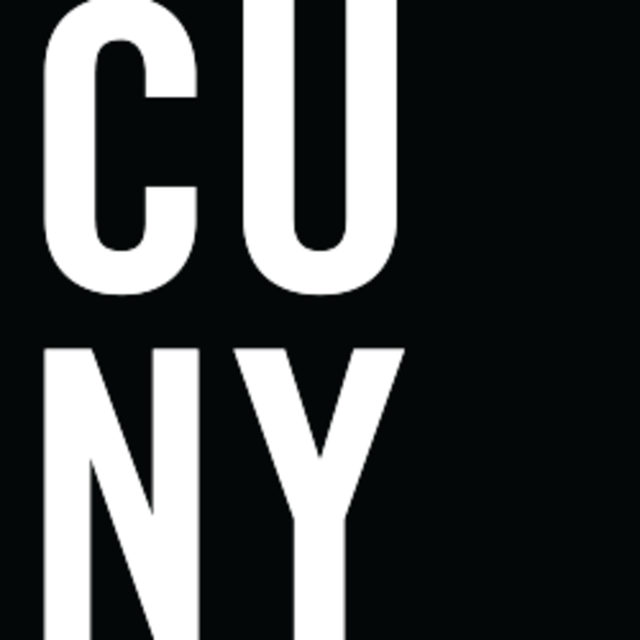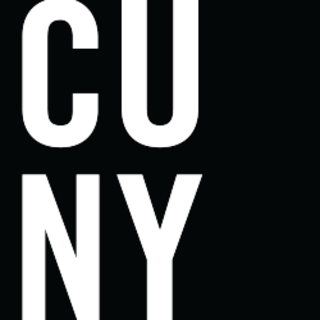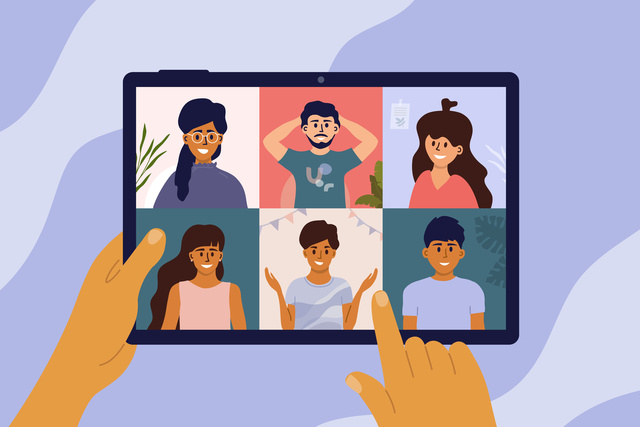About this project
Launched in January of 2022, K-12 Digital Pedagogy started as a master’s capstone project to fill what educator Kelly Hammond saw as a real need in professional resources for K-12 instructors. While many teachers have effectively used modern technology in the classroom for the last two decades, professional growth sites for K-12 have focused largely on the how and what of “technology integration” or “ed tech” rather than the important pedagogical why that is at the heart of digital pedagogy. During her pre-pandemic coursework in the growing field of Digital Humanities, Kelly saw that faculty in higher education already had access to such pedagogically rich resources. Sites such as Hybrid Pedagogy and conferences such as the Digital Pedagogy Lab are already building communities of critical digital practitioners, and the Journal of Interactive Technology and Pedagogy provides a space for scholars to share digital pedagogy research, experiences, and even failures on a site that facilitates conversation.
The COVID pandemic has intensified the need for such a space for K-12 educators. It caused a necessarily steep increase in technology use among K-12 teachers, as education shifted suddenly to remote learning in the spring of 2020 and then to a mix of remote, hybrid, and in-person learning where it remains. Over the same time period, events in the United States have increased the visibility of systemic racism, particularly against Black and Asian American citizens—racism that, like all social biases, is often replicated or intensified through misapplications or uncritical uses of technology, data gathering, and analysis. The rapid development of teachers’ practical skills and the backdrop of the social upheaval both came with little time or cognitive energy for teachers to plumb the underpinning philosophy that shapes the important critical evaluation of technology into effective teaching and learning while mitigating the digital replication of injustice—philosophy that can shape the use of digital tools now and in the future, regardless of classroom setting. This project is intended to serve as an open starting point for exploring that philosophy. Created for and with the input of teachers of students K-12, the open resource defines and investigates discrete components of digital pedagogy (such as OER, collaboration, and mapping), providing curricular examples and applications and pointing users to scholarship in the field, all while inviting active participation and community-building in the form of comments, reading groups, additions, or remixes.
About the project creator
My passion for teaching and learning with technology began back in the 90s, as I taught middle and high school students in one of the first laptop schools in the country—Cincinnati Country Day School (CCDS). In the two decades since (until fall of 2021) I’ve taught full time while also serving as a faculty leader, first as Director of Studies (Academic Dean) at CCDS and then as the MS Humanities Department Chair and Director of Digital Pedagogy at the Chapin School in New York City. In the fall of 2018, I began what I affectionately call a “slow master’s degree” in Digital Humanities taking just one course per term given my more than full time work at Chapin. That slow process allowed me to practice in my American History classroom the philosophies I was studying at night. In 2018, I also joined the editorial collective of the Journal of Interactive Technology and Pedagogy, copyediting, staging, and co-editing Issue 18.
As a white, cisgender female teaching in a private school, I’ve was able to experiment with a great amount of privilege, so I actively seek on this site a broader sharing of experience and eventually authorship.
Credits
This project would not have been possible without stellar faculty oversight at CUNY’s Graduate Center. I’m grateful to Matt Gold, my advisor, for his inexhaustible counsel. I thank Andie Silva and Shawna Brandle for their engaging digital pedagogy classes and their encouragement to put my scholarship out in the world in publications and conferences. And I thank CUNY’s Manifold team, including Robin Miller, Wendy Barrales, and Jojo Karlin, for their advice and tutorials.
I must also thank a host of teachers who were willing to provide feedback on the project, particularly Jessica Gray (1st-grade math at Pleasant Hope Elementary in Missouri) and Cheryl Wolf (K-5 librarian at the Neighborhood School in New York) who hadn’t met me until I sought their perspectives. Thanks, as well, to former colleagues at Cincinnati Country Day School and the Chapin School for their work and early feedback, including Chapin’s Upper School learning resources specialist Nadia Murray Goodman, Middle School Associate Head Trude Goodman, and Director of Studies Ilana Pergam, to name just a few.


